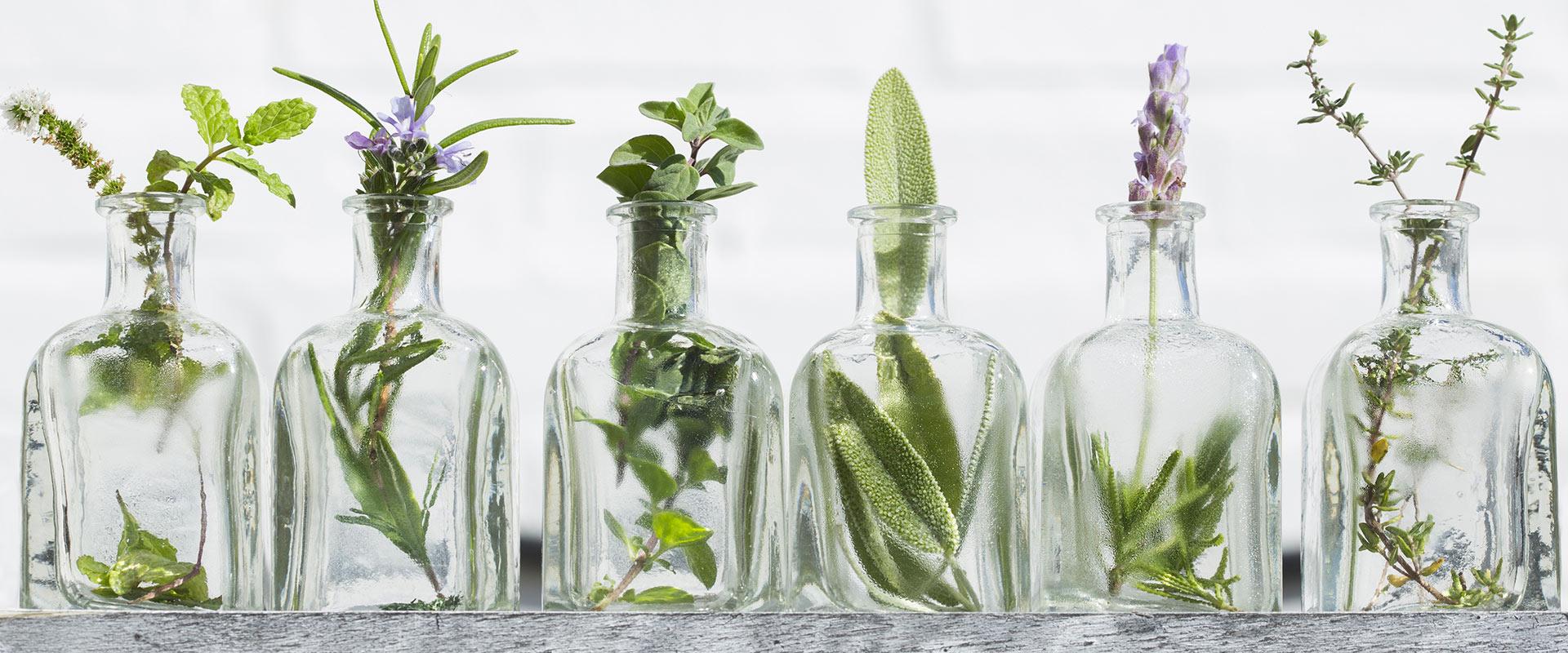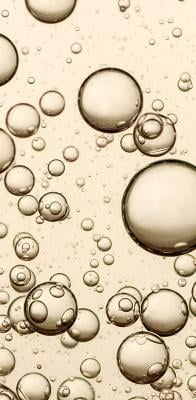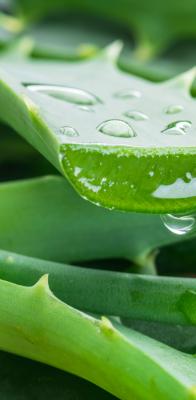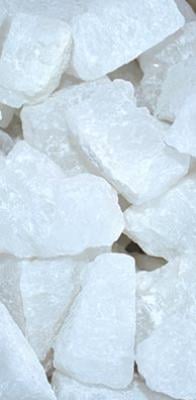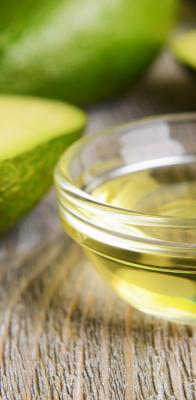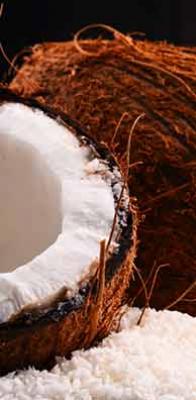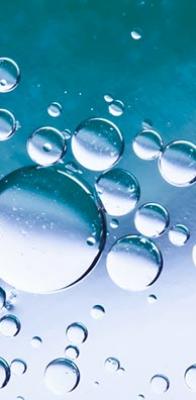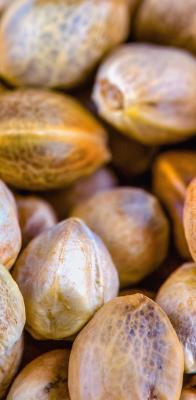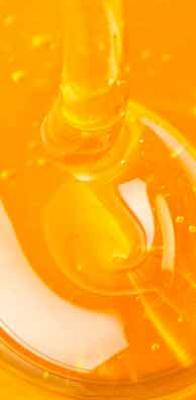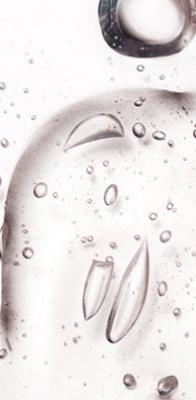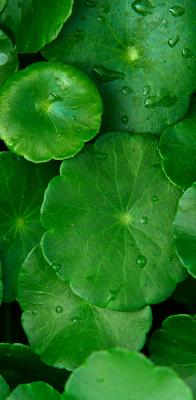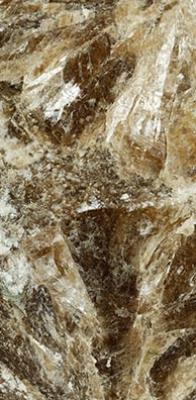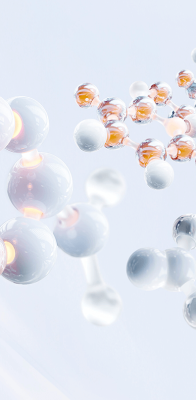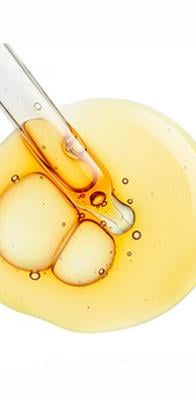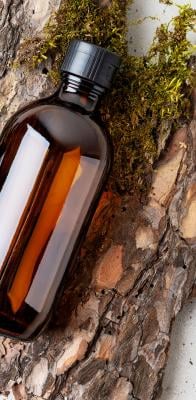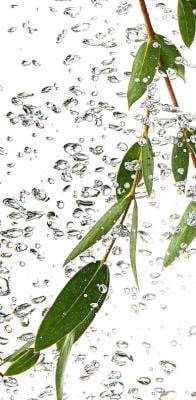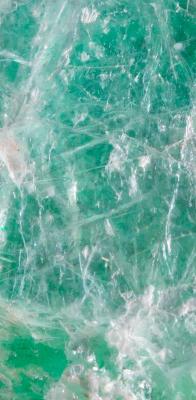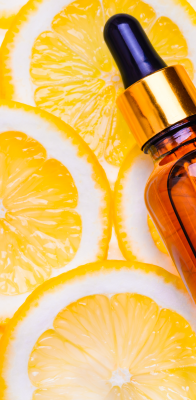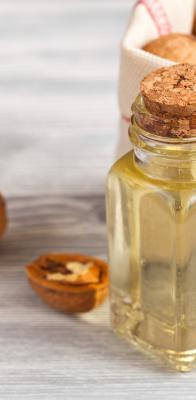What are they?
An essential oil is an odorous, volatile substance of liquid consistency, extracted from the flowers, stems, roots or leaves of plants. It is not an oil in the chemical sense of the term, like vegetable oils (olive oil, almond oil or sunflower oil), which are fatty substances with an oily texture.
Essential oils are naturally present in most plants in minute quantities. They are used by the plant to defend itself and attract pollinating insects. Only aromatic plants produce large quantities of essential oils.
Where do they come from?
Essential oils are extracted by steam distillation for aromatic plants or by cold pressing for citrus fruits.
Steam distillation is a process that consists of recovering the essential oil contained in the plant using steam. This process generates 2 products: the essential oil and the hydrolate, frequently called "floral water".
Cold pressing is a mechanical process to collect the essential oil found in the peel of citrus fruits (called "pericarp").
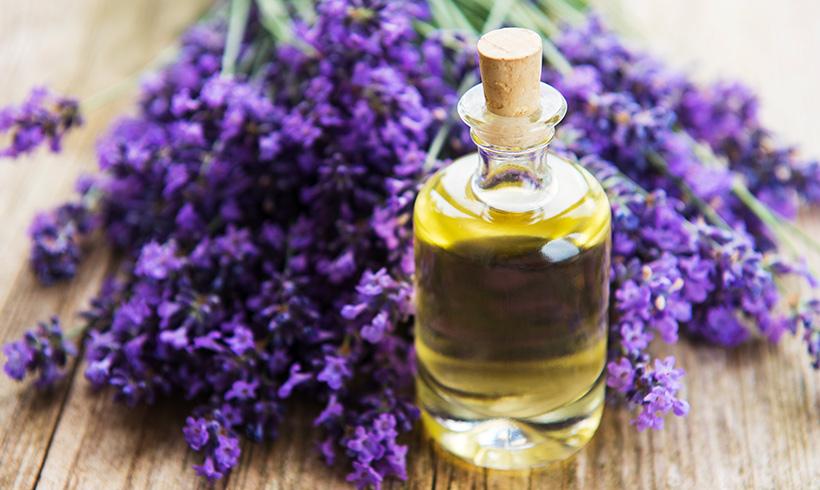
Why are they used?
Essential oils are widely used in cosmetics, perfumes, cleaning products, home fragrances, and food as a flavoring. They are known to have relaxing, stimulating, antiseptic, bactericidal, decongestant, soothing, antispasmodic and anti-inflammatory properties.
They have been scientifically proven to have benefits for the skin: anti-oxidant, purifying, soothing, lightening and anti-aging.
Essential oils must always be used diluted and never pure. They are diluted mainly in vegetable oils or used in formulation bases.
-
Anti-oxidant
-
Soothing
-
Lightening and anti-aging
Why are they being questioned?
Pure essential oils are highly concentrated and contain compounds that may cause potential irritation, allergy or phototoxicity, i.e. cause a skin reaction when exposed to the sun. Some of them like lavender and tea tree are suspected to be endocrine disruptors. Others are classified as toxic to the environment.
The Facts
- An ingredient may have an irritant potential when used neat, but has no risk at the concentrations and under the conditions under which it is used in the cosmetic product. To ensure the final product containing essential oils is well tolerated, clinical tests are carried out on volunteers in independent centres that have signed a very strict ethical charter.
- Essential oils such as fragrances may contain some potentially allergenic compounds. These allergens are mentioned in the list of ingredients, to inform potentially allergic consumers. In the conditions cosmetic products containing essential oils are used, the risk of allergy is minimised by taking account of the concentration of the essential oil in the product, the area of application and the frequency of use.
- The risk of phototoxicity is taken into account in the formulation and safety evaluation of the products, by selecting essential oils for which the concentration of phototoxic substances, such as furocoumarins for example, has been greatly reduced.
- According to the World Health Organization (WHO) definition, lavender and tea tree essential oils are not endocrine disruptors. There is one study that calls these two oils into question. However, it has been questioned by the scientific community, in particular the SCCS (Scientific Committee for Consumer Safety) which considered that it implausible that these essential oils be endocrine disrupters.
- As essential oils are volatile and used in low doses in formulations, their potential impact on the environment is low.
How are they used in our products?
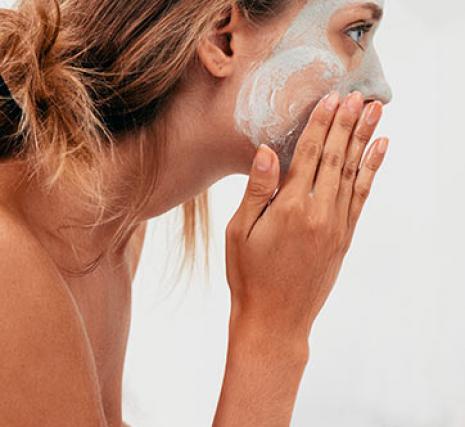
We use essential oils as cosmetic ingredients in our formulas. We use them in our skincare products for their antioxidant, purifying, soothing, lightening and anti-aging benefits. We do not use essential oils in our products intended for children or indicated as "hypoallergenic". Sensitive skin is not synonymous with allergic skin. We therefore adapt our cosmetic products containing essential oils to sensitive skins, and we make sure that they are well tolerated locally.
The concentration of essential oil in our products enables them to be used safely. Essential oils are very active ingredients that should only be used in very low concentrations, and this concentration differs according to the nature of the essential oils. Like all our products, those containing essential oils are systematically subject to a strict evaluation of their quality and safety for humans and the environment.
In France, we have a local partnership with SICA Bio-plantes, a group of farmers, for sustainable and responsible sourcing of some of our essential oils, for example lavender essential oil or lemon winter savory.

